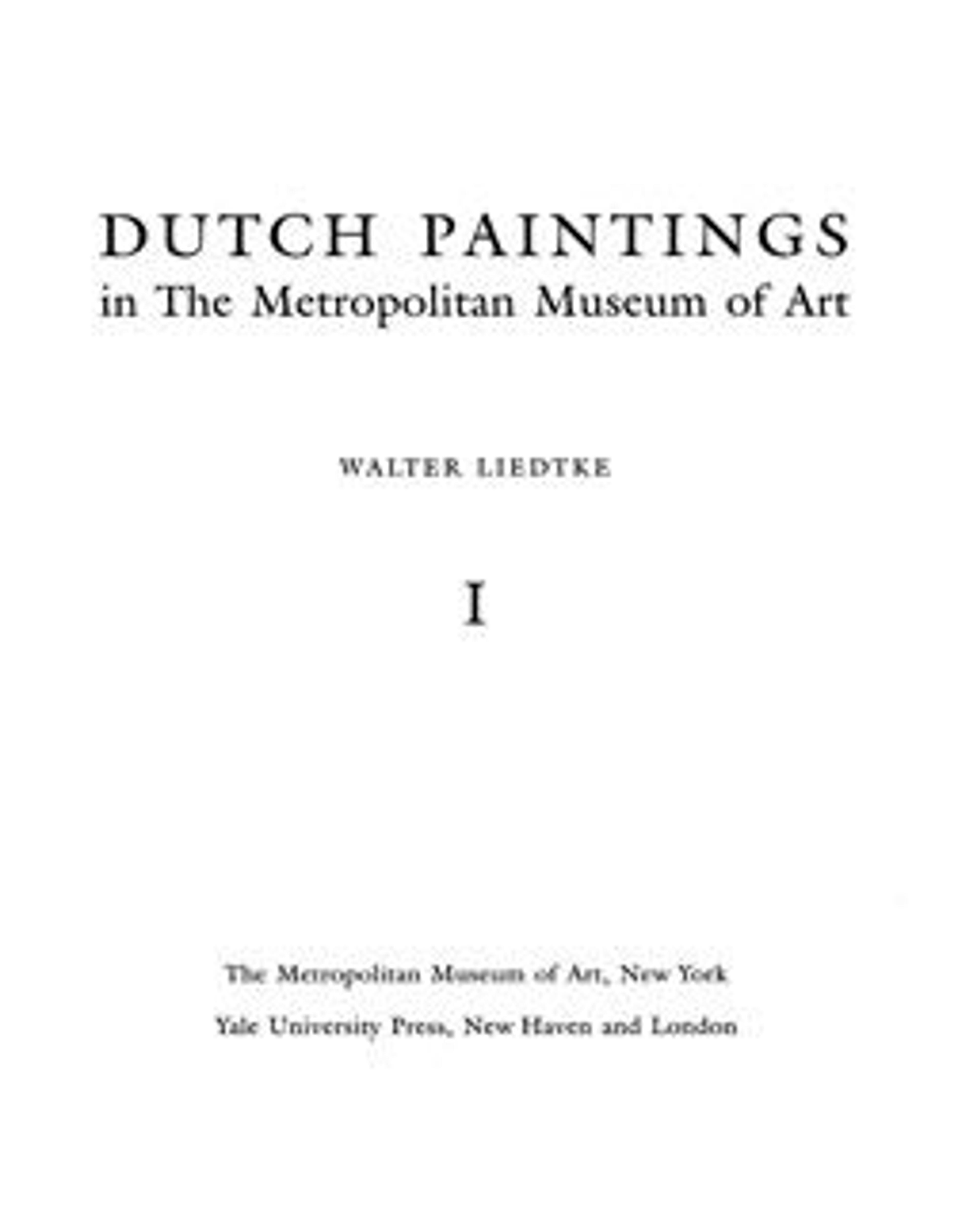A Young Woman as a Shepherdess
Like many of Rembrandt’s other pupils, Govert Flinck emulated his teacher’s depiction of models in fancy dress that evoked the world of the theater or classical antiquity. Here, a young woman wears the floral garland, veil, and crook of an idealized shepherdess. Flinck’s personal style comes across in the shimmering fabrics, detailed flowers, and narrowly sloping shoulders. By the eighteenth century, however, a false Rembrandt signature had been added to the painting, indicating the ease with which works by his students later circulated on the art market as Rembrandt’s own, generating mistaken attributions that often persisted into the late twentieth century.
Artwork Details
- Title:A Young Woman as a Shepherdess
- Artist:Govert Flinck (Dutch, Cleve 1615–1660 Amsterdam)
- Medium:Oil on canvas, transferred from wood
- Dimensions:Oval, 26 1/4 x 19 7/8 in. (66.7 x 50.5 cm)
- Classification:Paintings
- Credit Line:Bequest of Lillian S. Timken, 1959
- Object Number:60.71.15
- Curatorial Department: European Paintings
More Artwork
Research Resources
The Met provides unparalleled resources for research and welcomes an international community of students and scholars. The Met's Open Access API is where creators and researchers can connect to the The Met collection. Open Access data and public domain images are available for unrestricted commercial and noncommercial use without permission or fee.
To request images under copyright and other restrictions, please use this Image Request form.
Feedback
We continue to research and examine historical and cultural context for objects in The Met collection. If you have comments or questions about this object record, please contact us using the form below. The Museum looks forward to receiving your comments.
